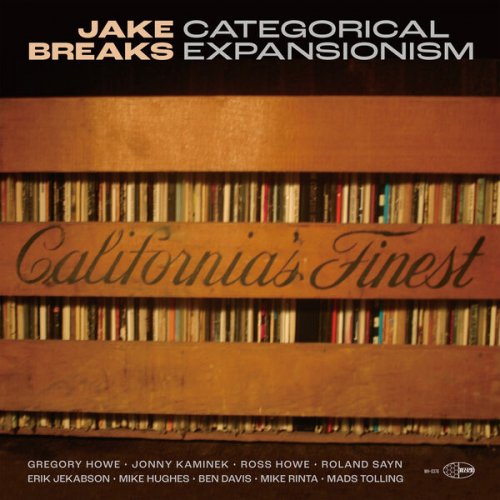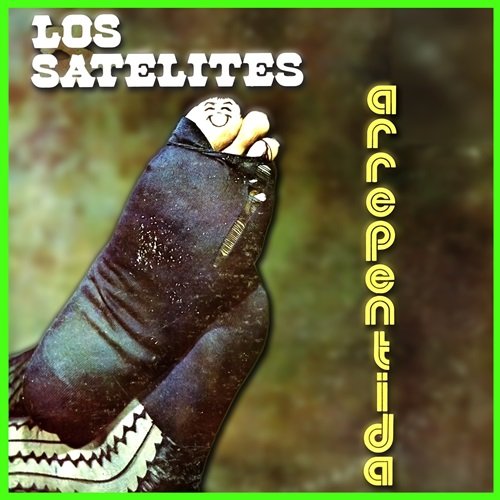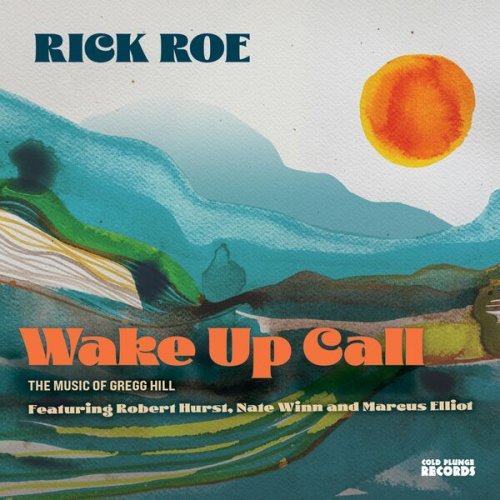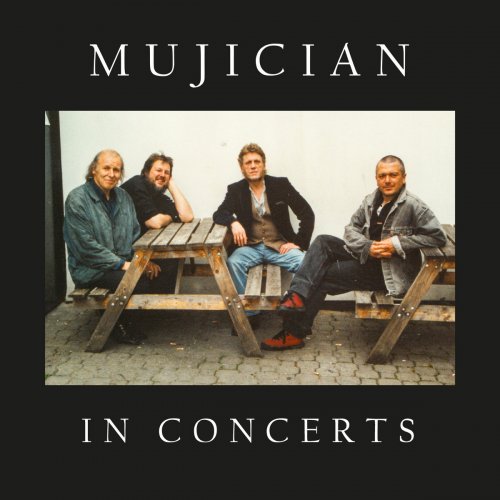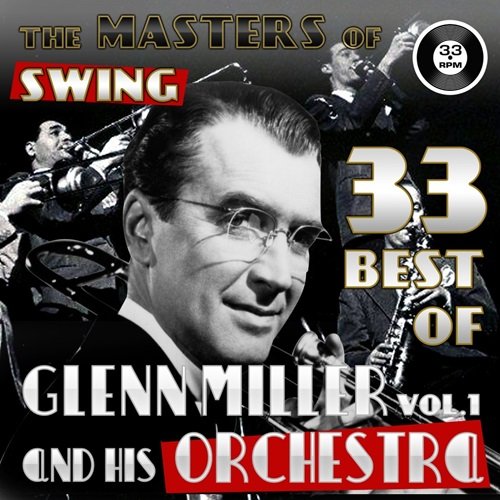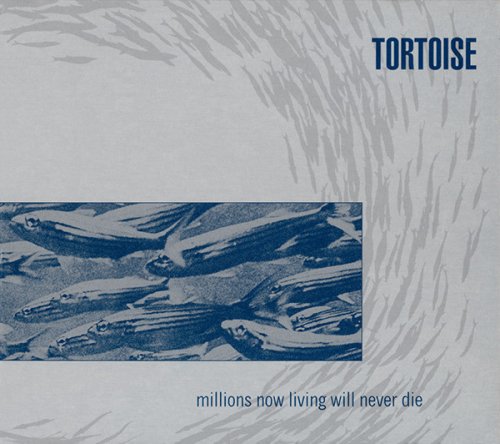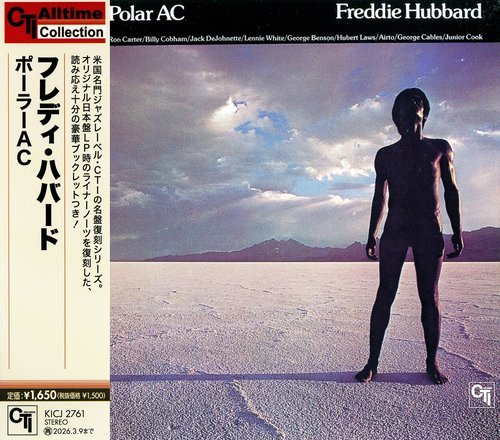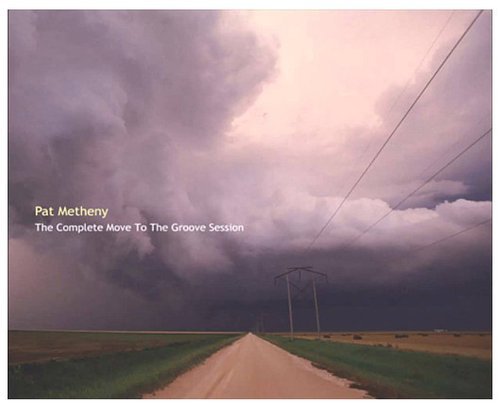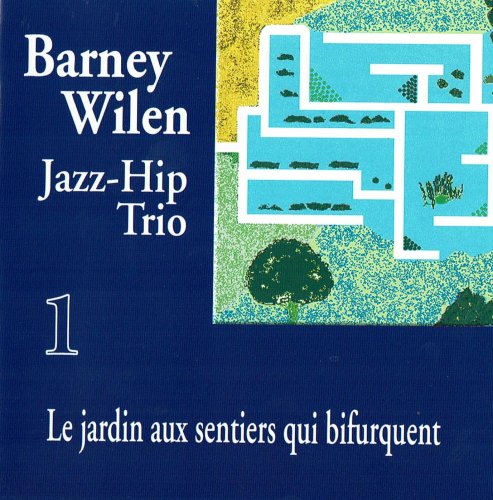Costantino Mastroprimiano - Beethoven: Piano Sonatas, Vol. 3 (2021)
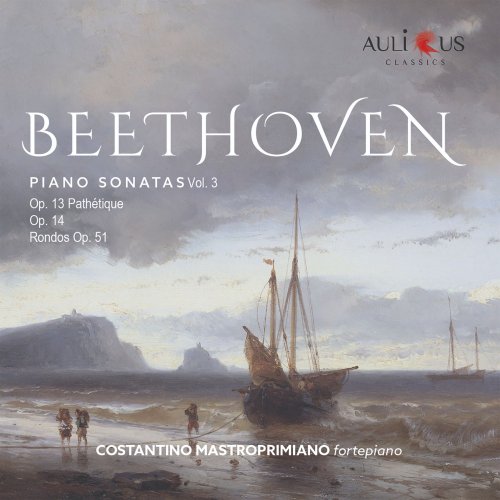
Artist: Costantino Mastroprimiano
Title: Beethoven: Piano Sonatas, Vol. 3
Year Of Release: 2021
Label: Aulicus Classics
Genre: Classical
Quality: FLAC (tracks)
Total Time: 60:47 min
Total Size: 219 MB
WebSite: Album Preview
Tracklist:Title: Beethoven: Piano Sonatas, Vol. 3
Year Of Release: 2021
Label: Aulicus Classics
Genre: Classical
Quality: FLAC (tracks)
Total Time: 60:47 min
Total Size: 219 MB
WebSite: Album Preview
1. Piano Sonata No. 8 in C Minor, Op. 13 "Pathétique": I. Grave - Allegro di molto e con brio
2. Piano Sonata No. 8 in C Minor, Op. 13 "Pathétique": II. Adagio cantabile
3. Piano Sonata No. 8 in C Minor, Op. 13 "Pathétique": III. Rondo. Allegro
4. Piano Sonata No. 9 in E Major, Op. 14 No. 1: I. Allegro
5. Piano Sonata No. 9 in E Major, Op. 14 No. 1: II. Allegretto
6. Piano Sonata No. 9 in E Major, Op. 14 No. 1: III. Rondo. Allegro comodo
7. Piano Sonata No. 10 in G Major, Op. 14 No. 2: I. Allegro
8. Piano Sonata No. 10 in G Major, Op. 14 No. 2: II. Andante
9. Piano Sonata No. 10 in G Major, Op. 14 No. 2: III. Scherzo. Allegro assai
10. Two Rondos, Op. 51: No. 1 in C Major, Moderato e grazioso
11. Two Rondos, Op. 51: No. 2 in G Major, Andante cantabile e grazioso
The Piano Sonata No. 8, Op. 13 in C minor by Ludwig van Beethoven is also known under the title of Grande Sonata Pathetica. This appellation was not coined by Beethoven, but by his publisher for commercial reasons. The composer, however, will recognize it as correct by referring to the term "pathetic" as the poet Friedrich Schiller intended it. Composed in the years 1798:99 and first published by Hoffmeister in December 1799, with a dedication to Prince Karl von Lichnowsky, this work marks a turning point for Beethoven's music.
A version of the Sonata in E major Op. 14 no. 1 also exists for string quartet, in F major. It has been suggested that the work may indeed have originated as a string quartet before being converted into a work for piano; but a survey of the sketches has not confirmed this possibility. Indeed Beethoven himself explicitly stated in a letter of 13th July 1802 that the piano version was the original. This sonata in E major was really the only Beethoven sonata that also appeared in an arrangement for string quartet. In later years some other sonatas or separate movements appeared in similar, but not authentic arrangements made by others, without any authorisation or supervision by the composer. Indeed, although conceived as a work for piano, the Sonata Op. 14 No. 1 possesses certain writing characteristics that may be reminiscent of a quartet, especially in the first movement.
The two Rondos Op. 51 were written in different periods. No. 1 was written in 1796 and published by Artaria the following year, while the composition of No. 2 dates from 1801 and is said to have had Giulietta Guicciardi as its original dedicatee. They are two works of a different character also in terms of attitude. The second rondo is certainly more elaborate and contains many parodic codes of the earlier keyboardism, in some cases even leery. It is also possible that the original dedication to Guicciardi may be the reason, the justification for this writing, almost a gallantry tribute from the master to his young pupil, for whom perhaps at that time he did not yet have a strong and explicit passion.
A version of the Sonata in E major Op. 14 no. 1 also exists for string quartet, in F major. It has been suggested that the work may indeed have originated as a string quartet before being converted into a work for piano; but a survey of the sketches has not confirmed this possibility. Indeed Beethoven himself explicitly stated in a letter of 13th July 1802 that the piano version was the original. This sonata in E major was really the only Beethoven sonata that also appeared in an arrangement for string quartet. In later years some other sonatas or separate movements appeared in similar, but not authentic arrangements made by others, without any authorisation or supervision by the composer. Indeed, although conceived as a work for piano, the Sonata Op. 14 No. 1 possesses certain writing characteristics that may be reminiscent of a quartet, especially in the first movement.
The two Rondos Op. 51 were written in different periods. No. 1 was written in 1796 and published by Artaria the following year, while the composition of No. 2 dates from 1801 and is said to have had Giulietta Guicciardi as its original dedicatee. They are two works of a different character also in terms of attitude. The second rondo is certainly more elaborate and contains many parodic codes of the earlier keyboardism, in some cases even leery. It is also possible that the original dedication to Guicciardi may be the reason, the justification for this writing, almost a gallantry tribute from the master to his young pupil, for whom perhaps at that time he did not yet have a strong and explicit passion.
